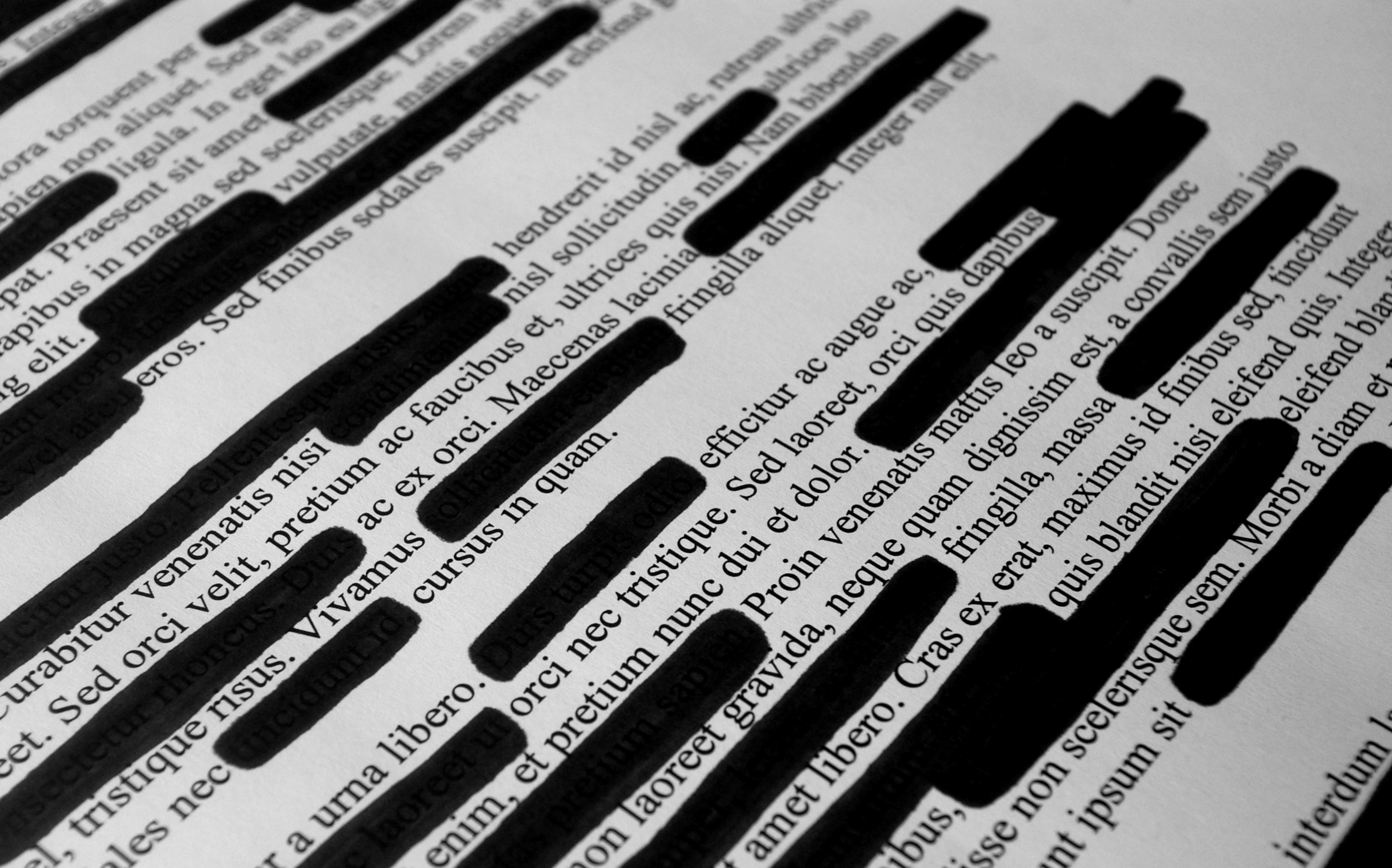In accordance with Rule 19 Pharmacies must redact personal information from evidence provided for review in an assessment in circumstances where that information is not relevant to the assessment.
What is redaction?
Redaction is intended to allow the selective disclosure of information within a document while hiding other parts of the document.
Redacting key elements of a document is an important step in protecting personal data such as names, date of birth, Medicare numbers etc.
Why do we need to redact evidence before submitting it?
Due to the highly sensitive nature of the personal information we receive, it is critical to ensure no personal details are identifiable, which protects not only the individuals in question but also the staff and pharmacy itself.
Any evidence submitted containing identifiable personal details will be deleted from the system and cannot be considered in the assessment process.
Only staff names are permitted as identifiable personal details, as these will be used to assess items such as training records or employment contracts.
What should be redacted?
You must block out identifiable information prior to submitting your evidence. If the information is unique to an individual or can allow one to find/trace/contact/identify an individual, it is not acceptable.
Staff names are an exception to this - however all other personal information about staff members must be redacted, such as addresses and phone numbers.
The following information MUST be fully redacted unless otherwise specified in the assessment question:
- Patient names
- Personal home addresses
- Personal phone numbers
- Personal email addresses
- Medicare, Concession Card (e.g. Pensioner and Health Care) and Veteran Card details.
- Photos identifying individual
The following information does NOT have to be fully redacted:
- Staff names
Redacting information from hard-copy paperwork
When you are redacting information from hard copy paperwork consider the opacity of the stationery being used. Oftentimes, the use of a black marker isn’t enough to prevent redacted information from being visible when a document is scanned.
Items such as a redaction pen, liquid paper, opaque tape or dispense stickers can be used to redact information by hand.
You can also scan these documents and redact information digitally.
Support
There is a wide range of resources available online demonstrating the various ways to effectively redact information.
The following information can be used to assist you, however, please note that all links are to external websites of which QCPP has no affiliation.
